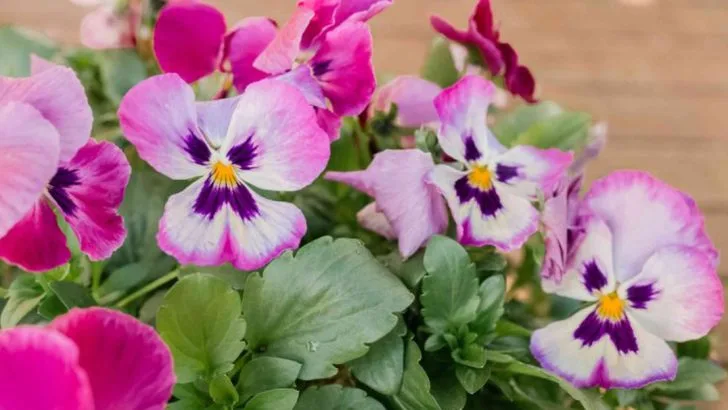Choosing flowers for a gravesite is a deeply personal act—one that blends tradition, symbolism, and respect. Some flowers have long been associated with remembrance, eternal love, or the soul’s journey, making them ideal for planting in cemeteries or memorial gardens. These blooms tend to be hardy, subtle, and able to thrive quietly without demanding too much attention, creating a space of peaceful reflection.
On the other hand, certain flowers, while beautiful, are often misunderstood or misused in grave planting. Whether they spread aggressively, require too much maintenance, or carry meanings that may not be appropriate for a resting place, it’s important to know which ones to avoid. In this guide, we share 8 thoughtful flower choices that honor the space—and 8 others that might send the wrong message or struggle in the setting.
Roses
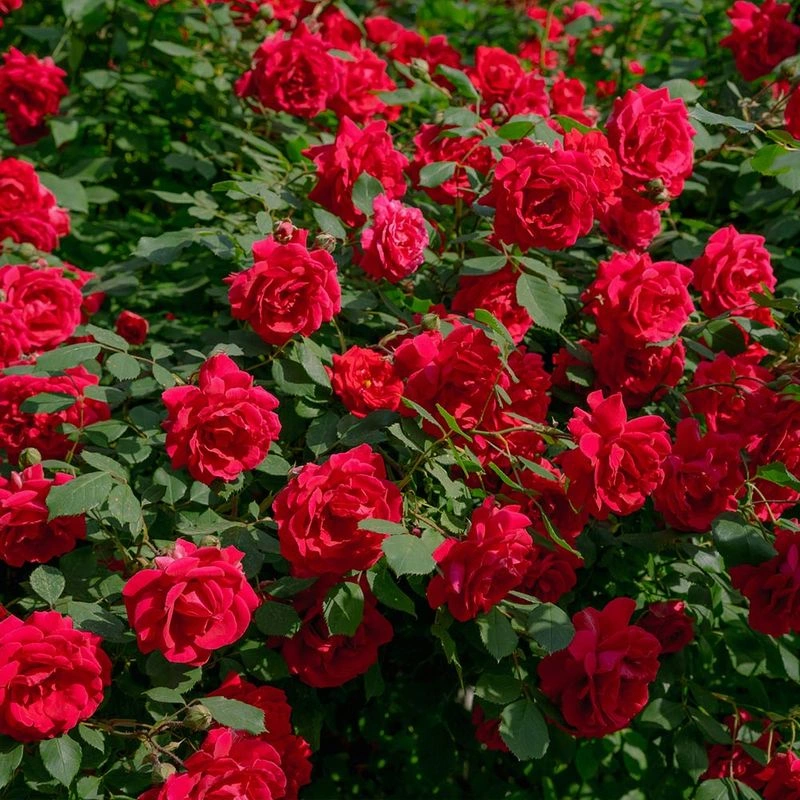
Often regarded as the quintessential symbol of love, red roses are a fitting tribute near a grave, embodying both respect and enduring affection. Their timeless beauty and profound symbolism make them suitable for almost any gravesite, offering a comforting presence to those who visit.
With varieties ranging from bold crimson to gentle blush, roses can convey a range of emotions and memories, resonating with the heart’s deepest sentiments. Planting these blooms can transform a somber place into a garden of reflection, where visitors can feel connected to those they’ve lost.
Lilies
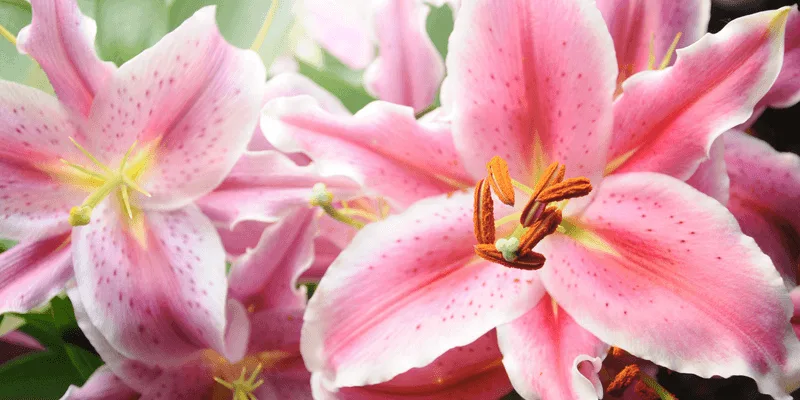
White lilies are often associated with purity and the restored innocence of the soul, making them a poignant choice for graves. Their elegant form and serene presence evoke a sense of peace and solemnity, providing solace to grieving hearts.
These flowers can serve as a reminder of the beauty and fragility of life, their fragrance gently wafting through the air. Planting lilies near a grave can create a calming atmosphere, inviting reflection and quiet contemplation, while also symbolizing the hope of resurrection.
Forget-Me-Nots
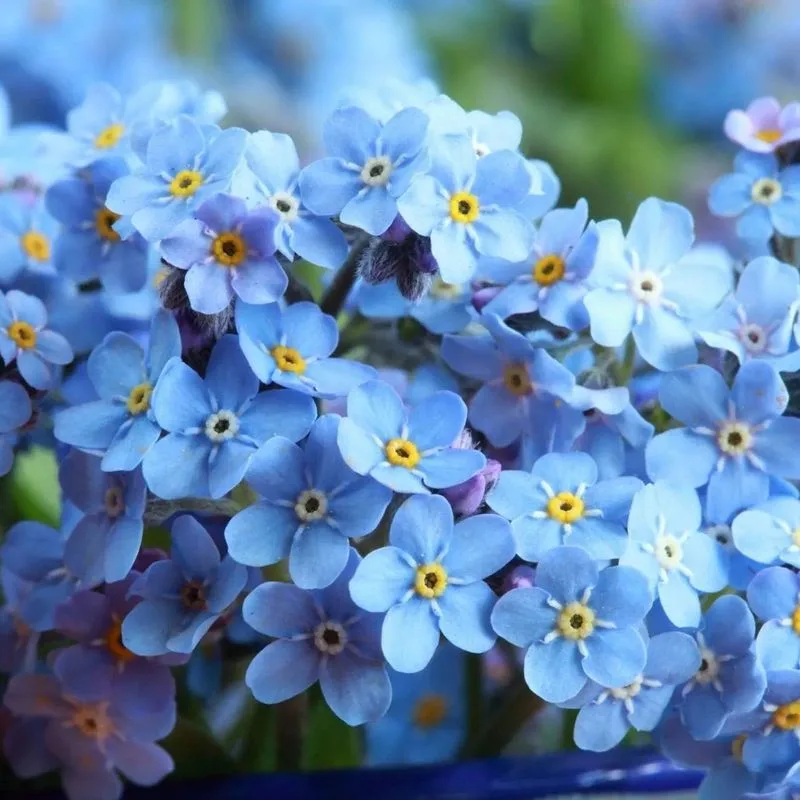
As the name suggests, forget-me-nots are a tender emblem of remembrance and enduring memories. These delicate blue flowers are perfect for gravesites, where they symbolize the desire to keep loved ones close in heart and mind.
Their small, cheerful blooms can bring a touch of color and life to the area, encouraging visitors to hold onto cherished memories. By planting forget-me-nots, you create a living tribute that speaks to the unbroken connection between past and present, a gentle reminder of bonds that remain unsevered.
Chrysanthemums
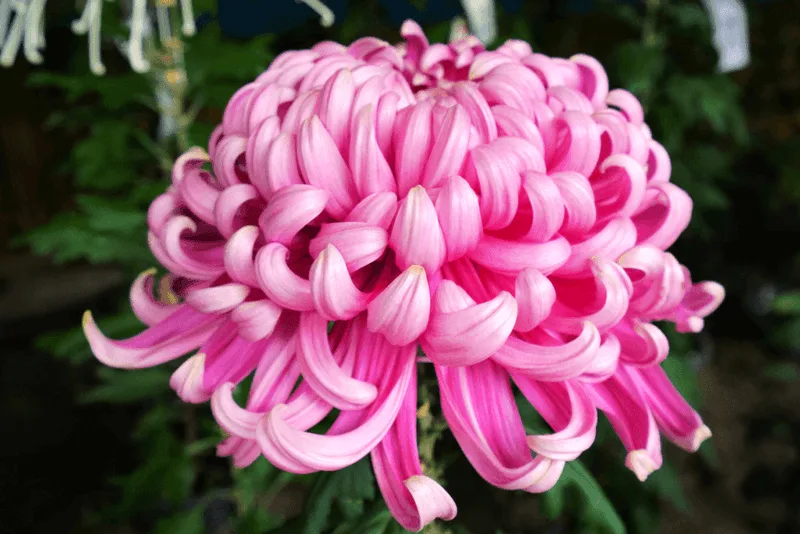
Chrysanthemums are known for their longevity and resilience, qualities that make them suitable for gravesides. In many cultures, they are considered flowers of condolence, representing grief yet also remembrance.
Their varied hues, from deep burgundy to bright gold, can add warmth and color to the gravesite, offering comfort and a sense of hope. Planting chrysanthemums can serve as a reminder of the cycle of life and death, where remembrance thrives alongside mourning, reflecting the enduring spirit of those who have passed.
Lavender
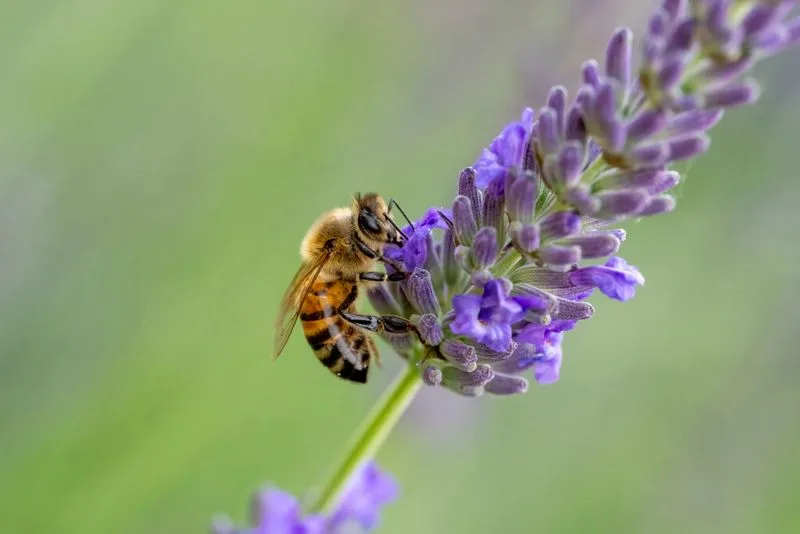
Lavender’s calming fragrance and soothing color make it a natural choice for graves. Known for its association with serenity and grace, lavender can help cultivate a tranquil environment.
The soft purple hue and gentle aroma bring a sense of calm, encouraging contemplation and peaceful reflection. By planting lavender, you can create a fragrant oasis for visitors, where the scent evokes memories and offers a healing balm for the soul.
Daisies
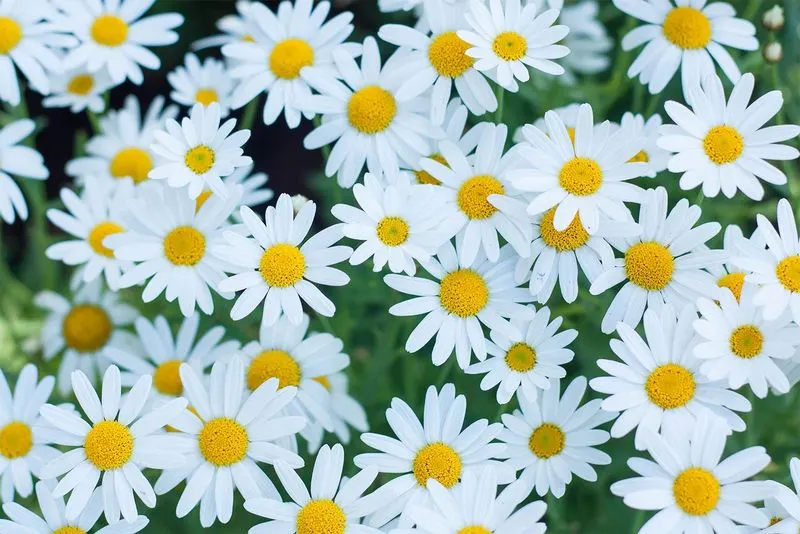
Daisies, with their simple beauty and cheerful appearance, symbolize purity and innocence. Planted near graves, they can signify renewal and hope, offering a comforting presence.
Their white petals and sunny centers bring lightness to the area, lifting spirits and providing a sense of optimism. Daisies can transform a solemn landscape into one of gentle grace, where fond memories blossom afresh with each flower.
Pansies
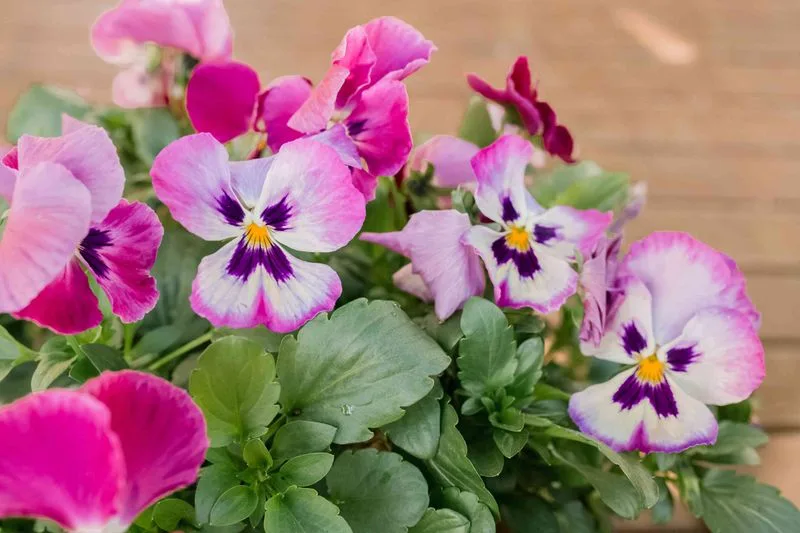
Pansies are often chosen for their heart-shaped petals and variety of colors, representing thoughts and remembrance. Their resilient nature makes them ideal for planting near graves, where they can thrive year-round.
These flowers can add a splash of color and vibrancy to the gravesite, creating a joyful contrast against the muted tones of stone. Pansies serve as a reminder of the vibrant personalities of those who are gone but not forgotten, their blooms echoing laughter and life.
Iris
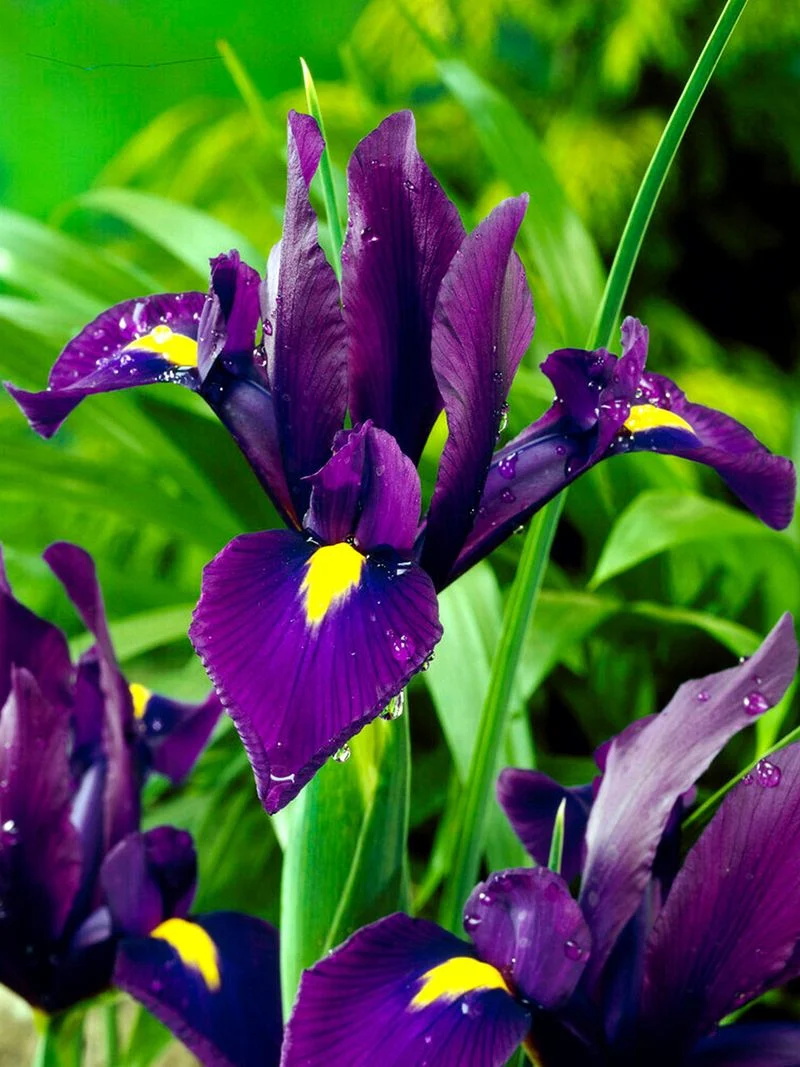
The iris, with its regal appearance and striking colors, symbolizes faith, hope, and wisdom. It’s a flower that brings dignity to a gravesite, standing tall and graceful among the stones.
Irises can enhance the solemn beauty of a cemetery, their blooms offering a visual tribute to those who have departed. Planting these flowers can inspire hope and reflection, embodying the belief that love and wisdom transcend even death.
Sunflowers
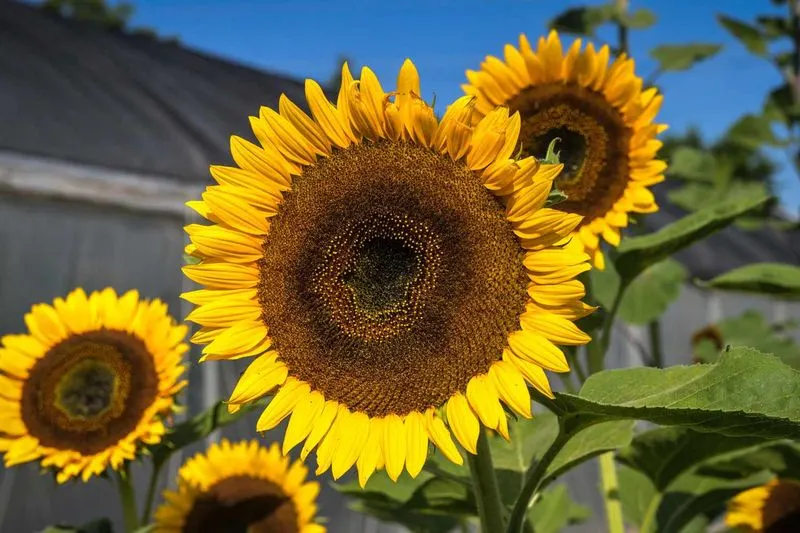
Despite their cheerful appearance, sunflowers can often be misunderstood in graveyards. Their vibrant yellow petals and towering height can overshadow the solemnity intended for the space.
While they symbolize adoration and loyalty, their exuberance might feel out of place in such a setting. Consider whether their bold presence aligns with the desired tone of remembrance before planting.
Cactus
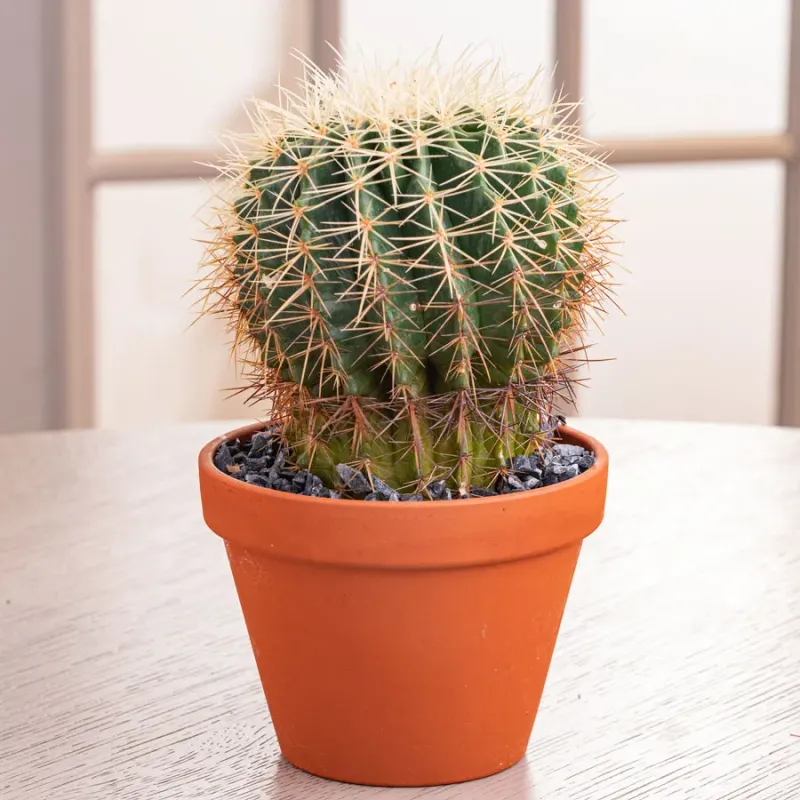
Cacti, known for their resilience and ability to thrive in harsh conditions, might seem an unconventional choice for graves. However, their prickly nature can signal distance rather than connection.
While they stand as a testament to survival, the lack of softness might not convey the warmth or remembrance intended. Consider softer alternatives if you wish to create a welcoming, gentle space.
Tulips
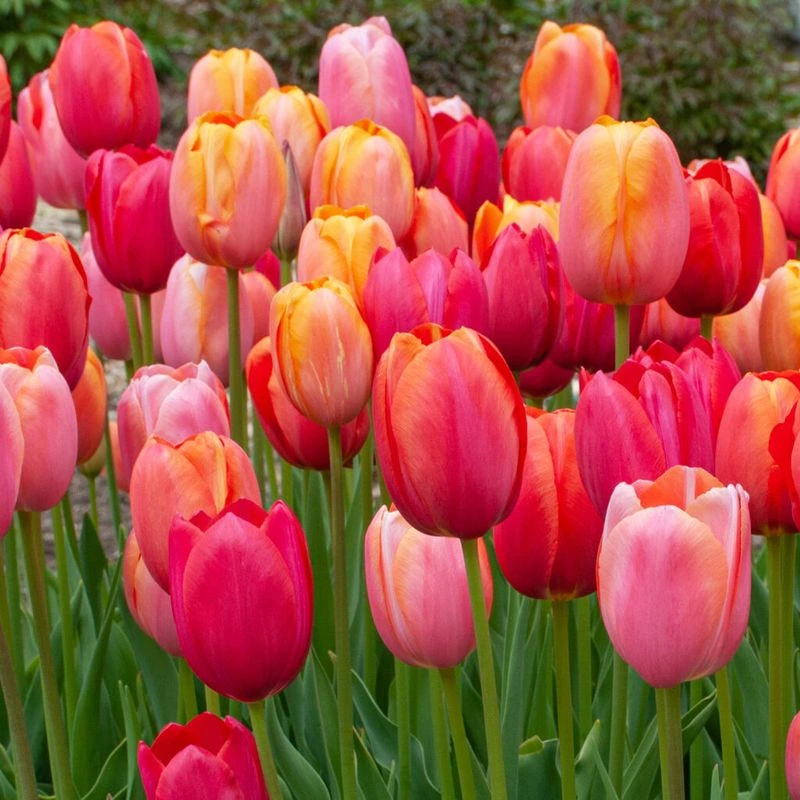
Tulips, with their bold colors and striking form, can sometimes be too vibrant for the somber nature of a gravesite. While they symbolize perfect love and rebirth, their exuberance may clash with the tranquility you seek.
In a setting meant for reflection, their vividness might feel overwhelming. Consider whether their lively nature complements the sentiments you wish to express, or if a more subdued flower might better serve your intentions.
Orchids
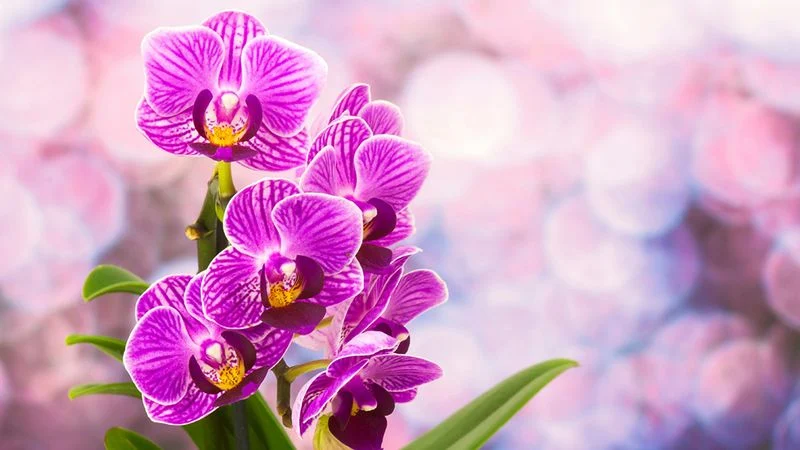
Orchids are often seen as exotic and luxurious, which might not be the intended message for a grave. Their delicate beauty can overshadow the natural simplicity that many seek in a cemetery.
While they symbolize love and beauty, their high-maintenance nature and boldness can detract from a peaceful environment. Consider if their charm aligns with your vision of a serene remembrance.
Peonies
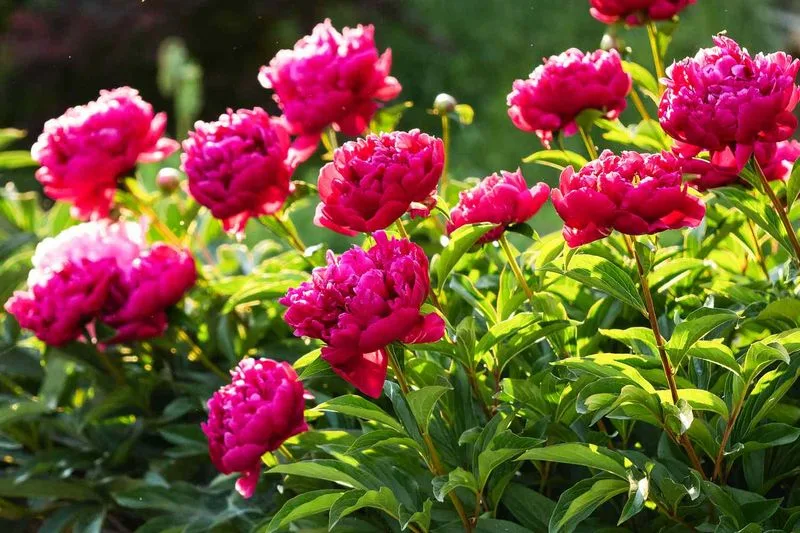
Peonies, known for their lush blooms and sweet fragrance, can sometimes be too showy for a gravesite. Their abundant petals and rich colors might draw attention away from the intended solemnity.
While they symbolize honor and prosperity, their opulence may not suit the tone of quiet reflection. Consider their impact on the overall atmosphere before choosing peonies for a grave.
Hydrangeas
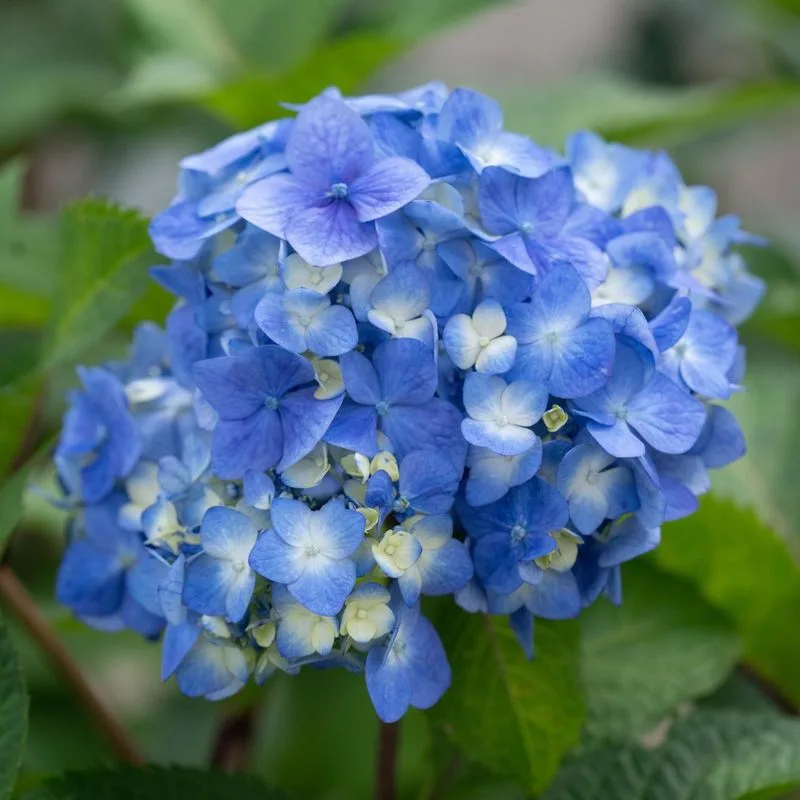
Hydrangeas, with their large and colorful flower heads, can overwhelm the subtle grace of a grave. Their size and vibrancy might detract from the peacefulness intended for the site.
While they symbolize heartfelt emotions, their exuberance might overshadow the quiet reverence desired. Reflect on whether their boldness is appropriate for the message you wish to convey.
Marigolds
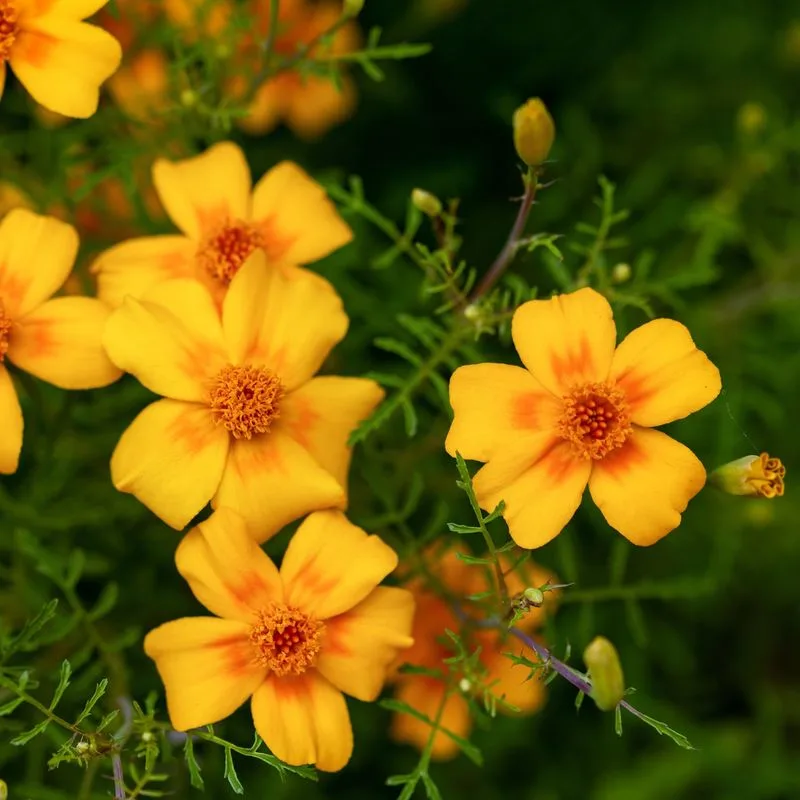
Marigolds, bursting with vivid oranges and yellows, might not always align with the tranquil tone of a gravesite. Their bold colors can feel jarring in a setting meant for reflection and peace.
While they are associated with remembrance in some cultures, their intensity may clash with the serene environment you intend to create. Consider the overall atmosphere when selecting marigolds for this purpose.
Snapdragons
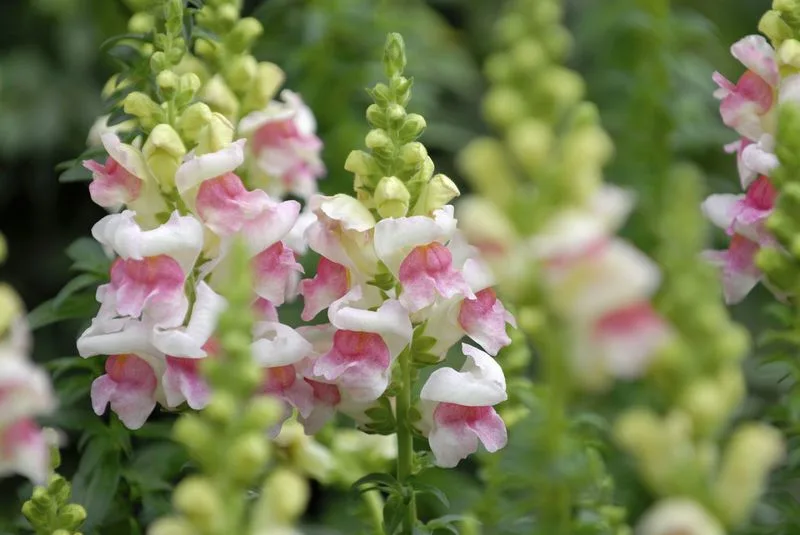
Snapdragons, with their tall spikes and bright hues, can sometimes feel too energetic for a cemetery. Their lively appearance and varied colors might distract from the solemnity of the space.
While they are unique and striking, their exuberance might not convey the tranquility you seek in a gravesite. Reflect on whether snapdragons fit the peaceful, reflective atmosphere before planting.

